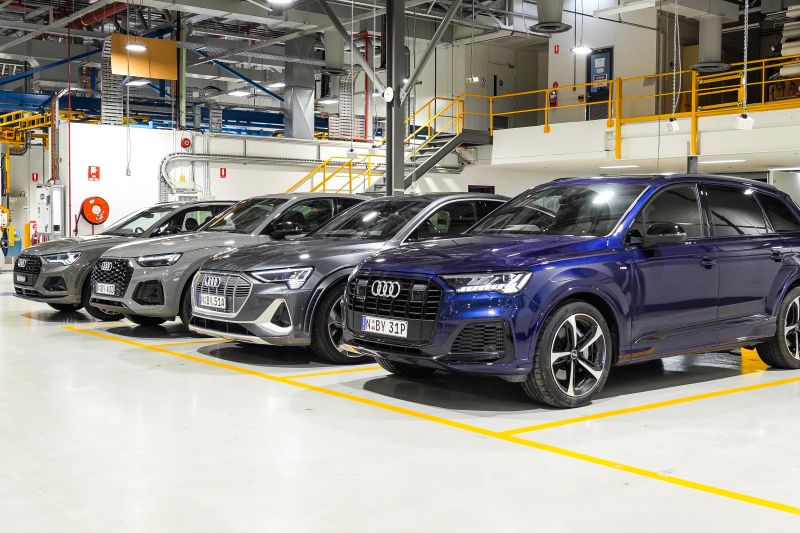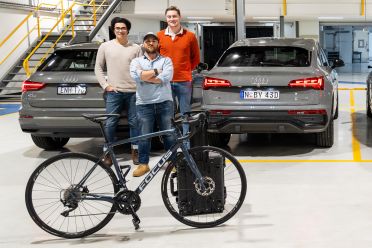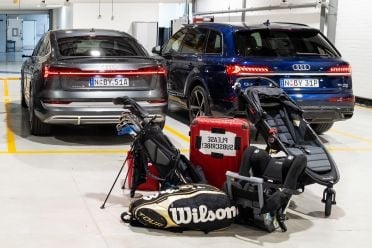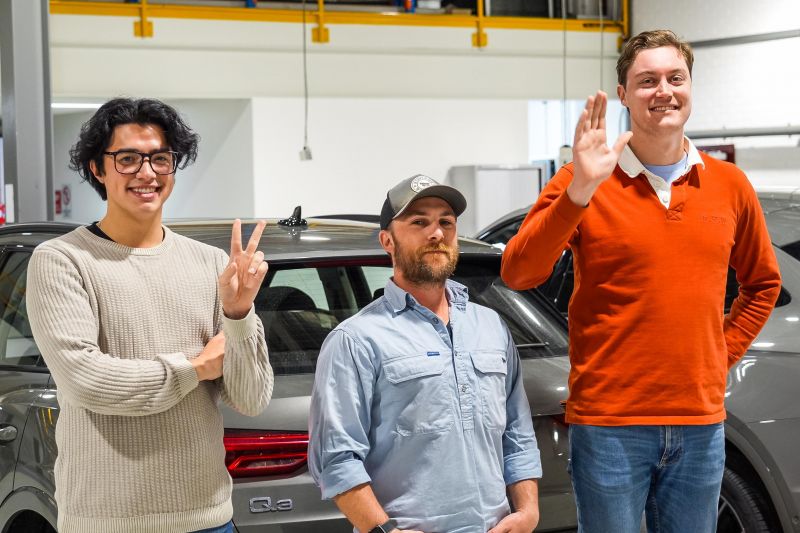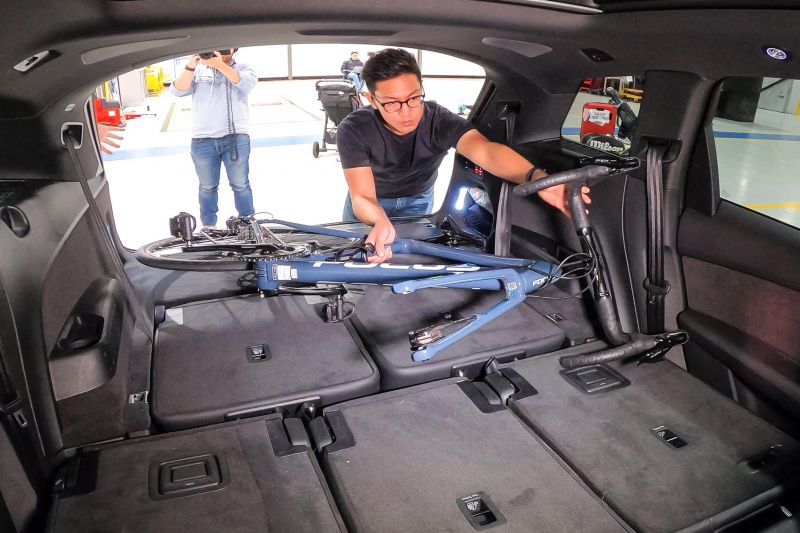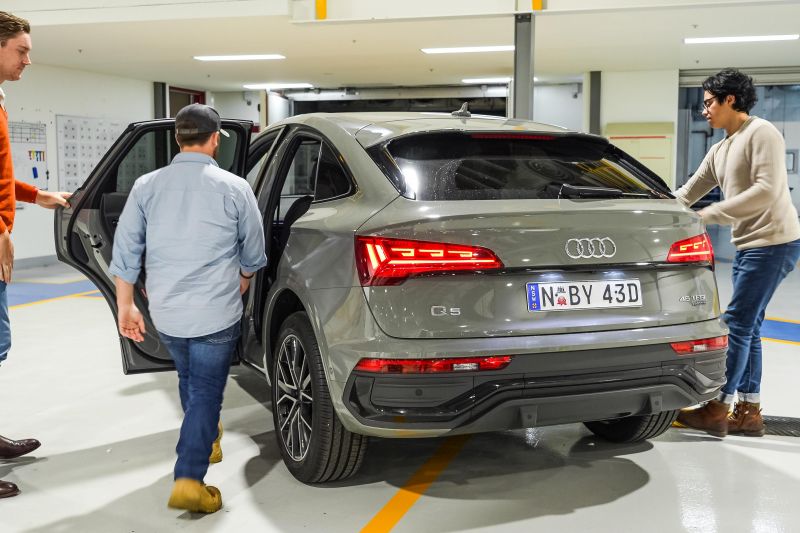When we bought our Tesla Model 3, I was convinced it would be more than big enough when our first child rolled around a little over a year ago.
Well, I was wrong. I became that person I had previously loathed: an SUV buyer.
You see, the problem with a sedan and a small child is loading them in and out of the car is virtually impossible once they get older. Well, unless you get your kicks of out squatting with a heavy, crying, moving object in your arms.
SUVs typically sit higher and offer more roof clearance to load a child in. Plus, you get additional height in the boot to load stacked items.
Once you’ve come to this realisation, the next step is to figure out which SUV to buy. What we wanted to do was assemble a group of cars that range in size from a small SUV through to a large SUV.
SUVs are categorised in Australia by their footprint (we’ll explain more below).
Anything smaller than a small SUV is likely not quite big enough for a new kid and their enormous child seat, and we’ve chosen to stop at the large end of the large SUV class because moving beyond that gets into off-road products – which could be another story for another day.
How do you figure out which SUV is right for you? We put together three tests designed to help you figure out how big you need to go.
SUV categories explained
Australian cars are grouped into size categories to make the reporting of sales easier. The size is determined by multiplying the width by the length to obtain a footprint in millimetres.
The size categories of small, medium, large and upper large SUVs are:
- Small: <8100m
- Medium: 8108 – 8800m
- Large: 8801 – 9800m
- Upper large: >9801m
Our tests
Our three tests are pretty straightforward, and should give you an idea of how big you need to go for your next SUV.
We stuck with Audi SUVs to make comparisons easier but, given size segmentation is the same regardless of brand, whichever SUV size is right for you in these tests will apply to other makes and models in the same category.
Due to vehicle availability, two of the vehicles here are Sportback (or coupe) versions of their respective full-sized SUVs. Given there is only a very small difference in cargo capacity, it shouldn’t change the outcome too much.
Test 1: The adult test
While you may not carry adults all the time, it’s worth getting a picture of how well they fit in the second row of these SUVs. It’ll give you a picture of what you can expect if you do need to carry people often.
Test 2: The bicycle test
For people who ride bicycles, knowing whether it’ll easily fit into your car is one thing. Knowing if you can also fit a passenger in to the second row is another.
This test is all about seeing how well a bicycle can fit, and whether you can load an additional passenger into the second row.
Test 3: The Christmas Day test
We’ve all been there. You need to load a mountain of luggage into the car, and also somehow manage to get your family in too.
This test is all about trying to pack the last clump of things I needed to take away with me on Christmas Day.
In addition to that, we also want to see how much room there is in the second row with a rearward facing baby seat, and how much room you compromise in the front passenger seat to fit that baby seat.
Conclusion
So we’ve obviously shown large SUVs are… large. There’s nothing new there.
But given everybody’s needs are different, these tests should give you an idea of how much room you have to play with in a small, medium, large, and larger SUV. For us with just the one kid, a medium SUV pretty much fits the bill. For those of you with more kids, a bigger SUV may be the only answer.
I’m interested to know, do you own a wagon? If so, how roomy is that compared to an SUV and how do you go loading kids in with the lower ride height?





